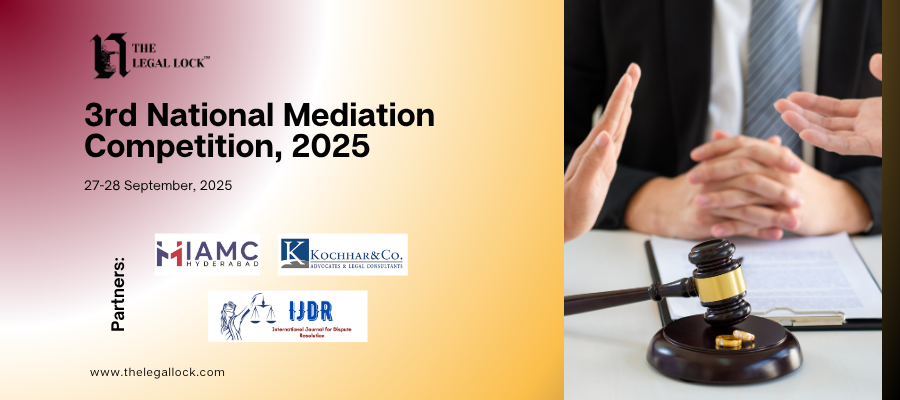Rioting: An Insightful Examination of Indian Penal Code (IPC) Offences

Introduction: Rioting
In the vast expanse of legal statutes delineated within the Indian Penal Code (IPC) of 1860, Chapter VIII stands as a bastion against public disorder. With its 22 sections spanning from 141 to 160, including crucial provisions like Sections 146, 147, 148, 150-160, 153A, and 153B, this chapter intricately addresses offenses against public tranquility. This article aims to provide a comprehensive examination of these sections, shedding light on the legal framework surrounding rioting and related transgressions.
Understanding the Foundations: Chapter VIII of the IPC
Chapter VIII serves as a cornerstone in upholding public order by categorizing offenses into four distinct types:
- Unlawful assembly
- Rioting
- Promoting enmity between different classes
- Affray
Each section within this chapter plays a pivotal role in maintaining societal harmony and safeguarding public peace.
Section 147: Unpacking the Notion of Rioting
At the heart of public disorder lies Section 147, which delineates the punishment for rioting. However, before delving into its ramifications, it’s crucial to comprehend the essence of rioting as outlined in Section 146. Rioting is defined as an unlawful assembly engaged in tumultuous action accompanied by force or violence, with force being the distinguishing factor between a mere assembly and a riot.
The key components constituting rioting are as follows:
- The presence of an unlawful assembly, as stipulated in Section 141.
- Membership of the accused within said unlawful assembly.
- The deployment of violence by the unlawful assembly, aligned with its common objective.
Legal Precedents and Interpretations
Legal precedents, such as the seminal case of Hazara Singh v. State of Punjab, underscore the significance of discerning the link between violence and the common objective of an unlawful assembly. It is the utilization of force, rather than mere intent, that differentiates rioting from a lawful assembly. Furthermore, acts committed outside the common objective are attributed solely to the individual perpetrators.
Penal Ramifications: Sections 148 and Beyond
Section 148 introduces an aggravated form of rioting, wherein individuals armed with deadly weapons escalate the gravity of the offense. This enhancement in punishment, extending to three years of imprisonment or a fine, highlights the severity attached to armed rioting.
Section 150: Hiring or Conniving at Hiring of Persons to Unite Unlawful Assembly
Section 150 addresses the specific offense of hiring individuals to join an unlawful assembly. It extends the scope of liability to those who engage and employ persons to become members of such assemblies.
Sections 151-152: Continuing in Unlawful Assembly and Assaulting Public Servants
Sections 151 and 152 deal with the willful continuation in an unlawful assembly and the assault or obstruction of public servants tasked with suppressing riots, respectively. These provisions emphasize the legal consequences of resisting lawful commands aimed at maintaining public order.
Section 153: Wantonly Giving Provocation with Intent to Cause Riot
Section 153 addresses provocations aimed at inciting riots, highlighting the delicate balance between freedom of expression and public order maintenance. The punishment varies based on whether the offense of rioting is committed as a result of such provocation.
Sections 153A-153B: Promoting Enmity and Imputations Prejudicial to National Integration
Sections 153A and 153B delineate acts promoting enmity among different groups and imputations prejudicial to national integration, respectively. These provisions aim to safeguard communal harmony and national unity.
Navigating Legal Terrain: A Comprehensive Approach
In navigating the multifaceted legal terrain surrounding offenses against public tranquility, it becomes evident that maintaining societal harmony necessitates a judicious balance between individual liberties and collective welfare. As legal interpretations evolve and societal dynamics shift, the enduring relevance of Chapter VIII of the IPC remains a testament to society’s ongoing quest for justice and order.
Read
FAQs: Rioting
Q1: What constitutes rioting under the Indian Penal Code (IPC)?
Ans: SEO-enhanced Answer: Rioting under the IPC encompasses tumultuous actions by an unlawful assembly involving force or violence. As per Section 147, key elements include membership in the unlawful assembly and the use of violence to achieve a common objective.
Q2: What are the penal ramifications for engaging in rioting?
Ans: SEO-enhanced Answer: Individuals convicted of rioting may face imprisonment of up to two years, fines, or both, as stipulated in Section 147 of the IPC. Moreover, aggravated forms of rioting, such as being armed with deadly weapons under Section 148, can lead to enhanced penalties of up to three years’ imprisonment.
Q3: How do legal precedents shape the interpretation of rioting offenses in Indian law?
Ans: SEO-enhanced Answer: Legal precedents, like the landmark case of Hazara Singh v. State of Punjab, play a crucial role in defining the parameters of rioting. These precedents emphasize the necessity of discerning the link between violence and the common objective of an unlawful assembly, providing clarity for legal practitioners and adjudicators.
If You Are A Law Student: CLICK HERE








